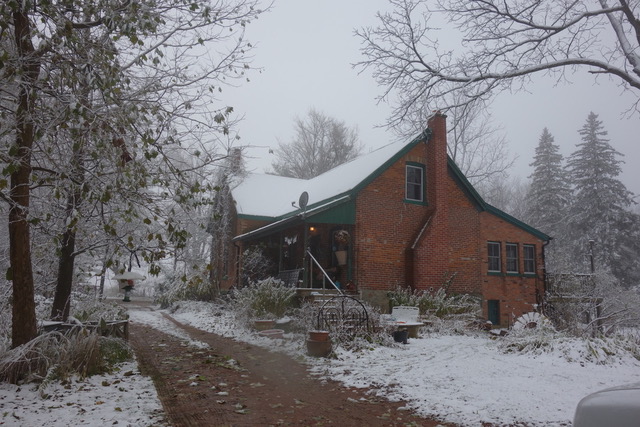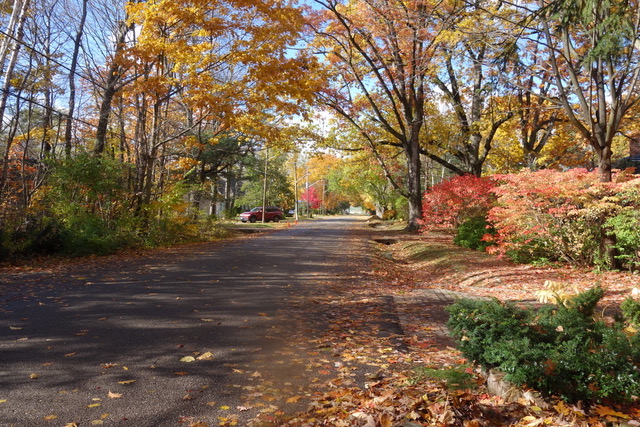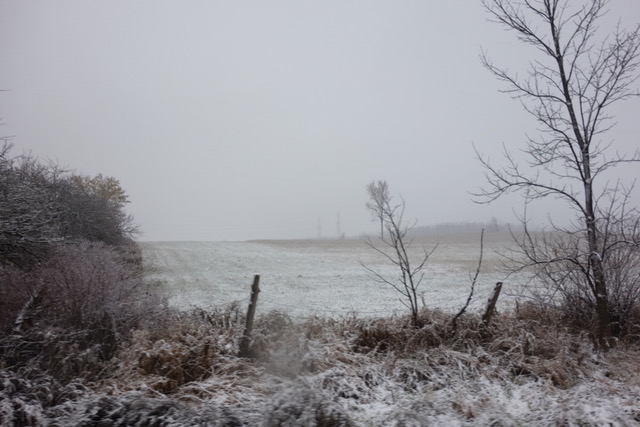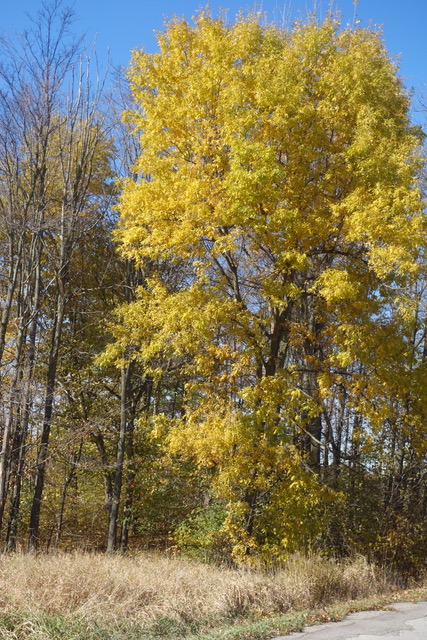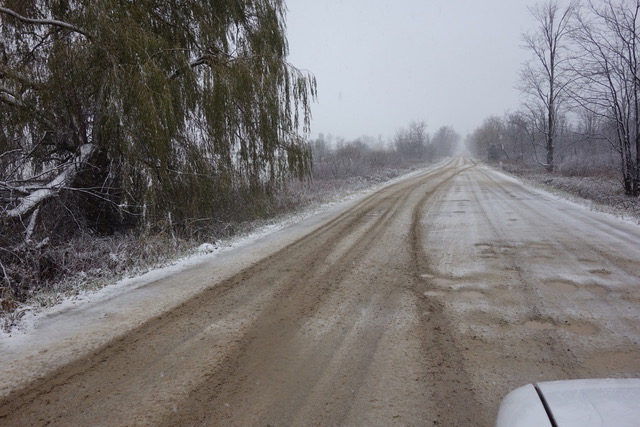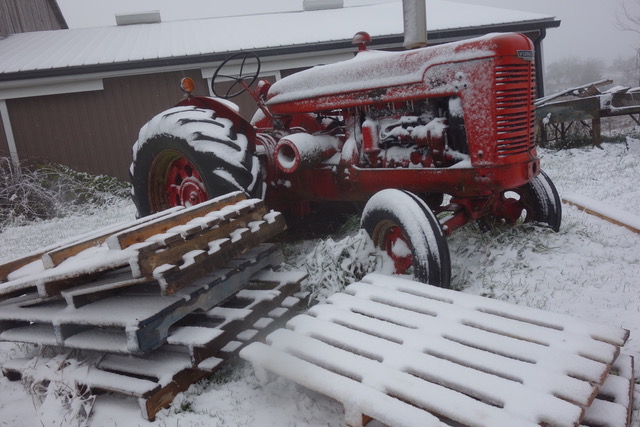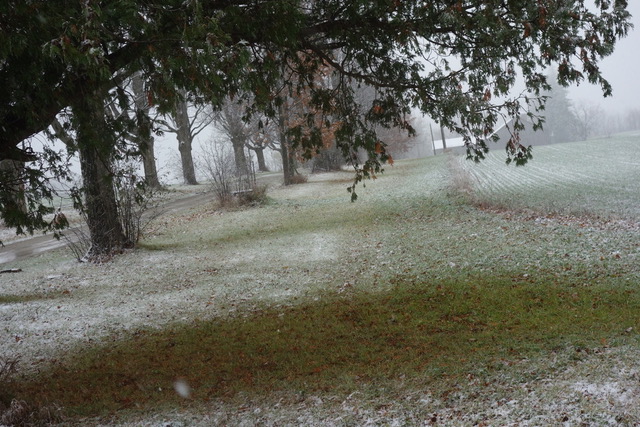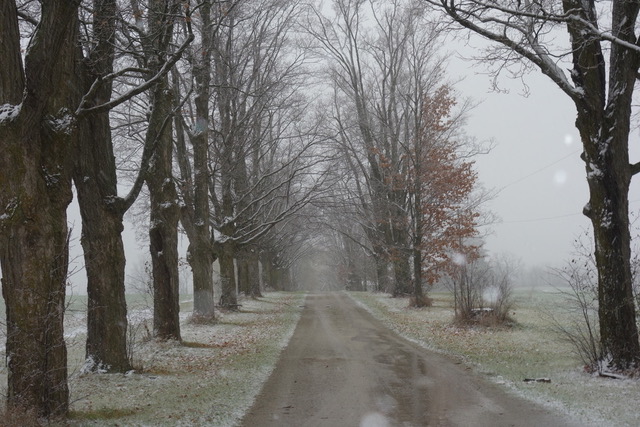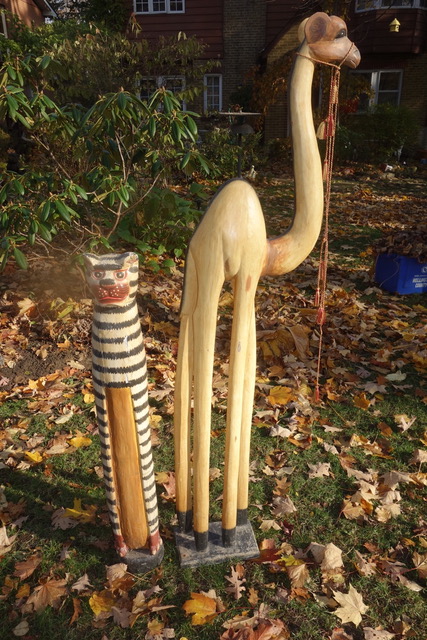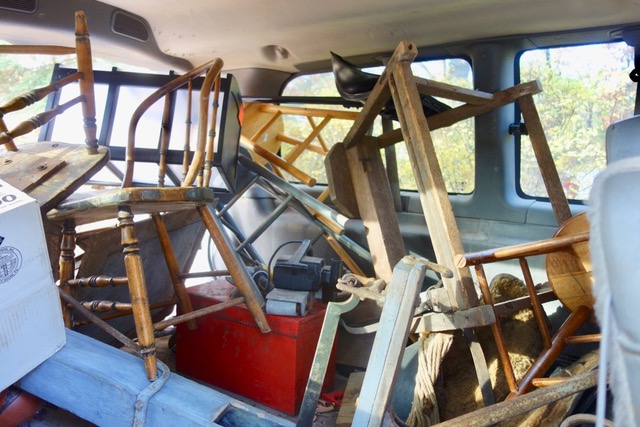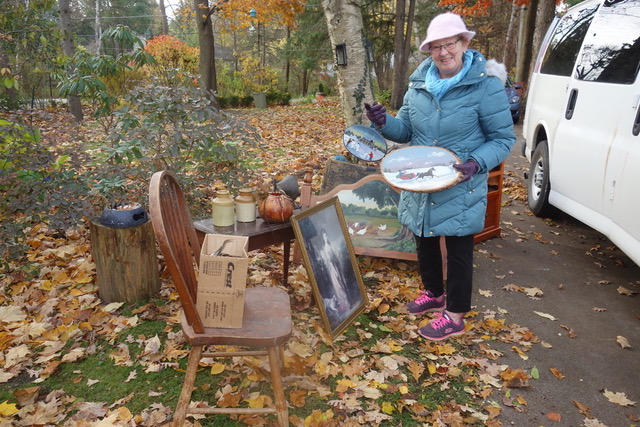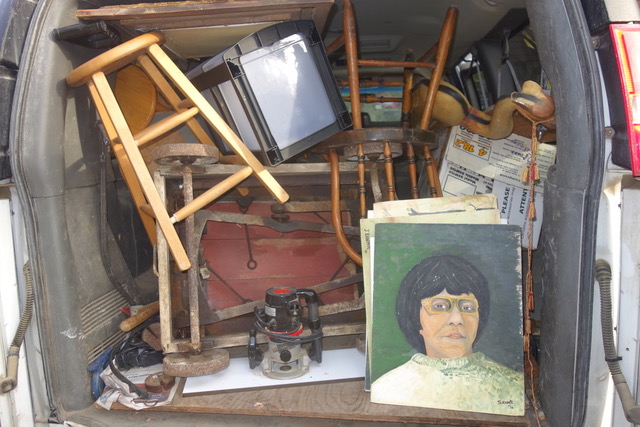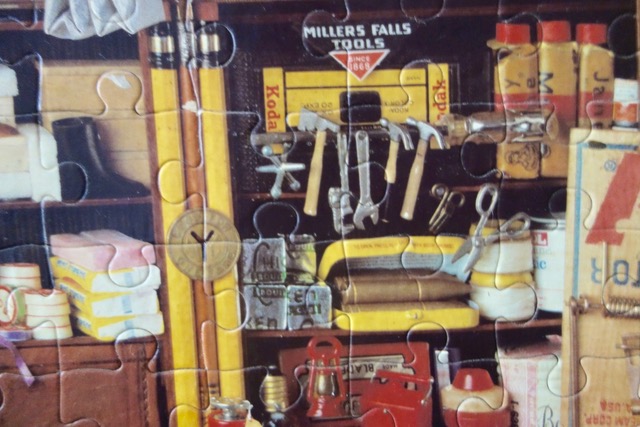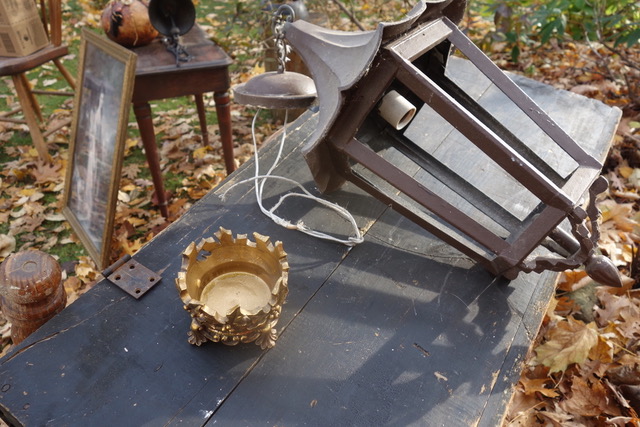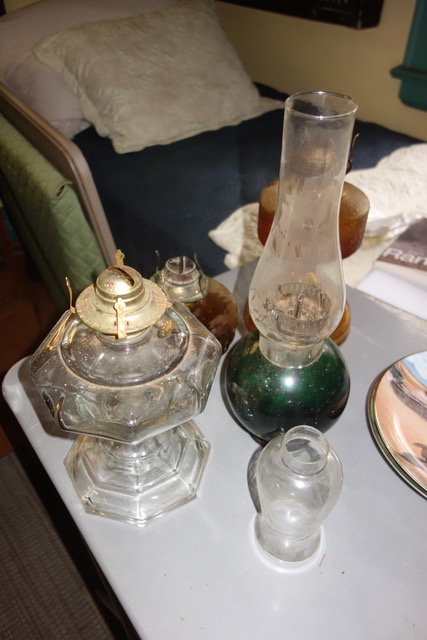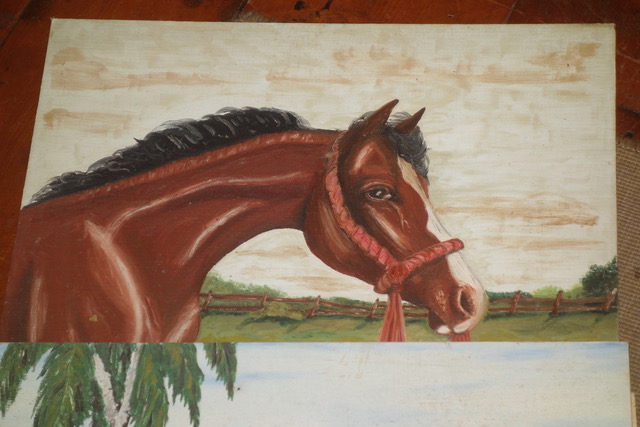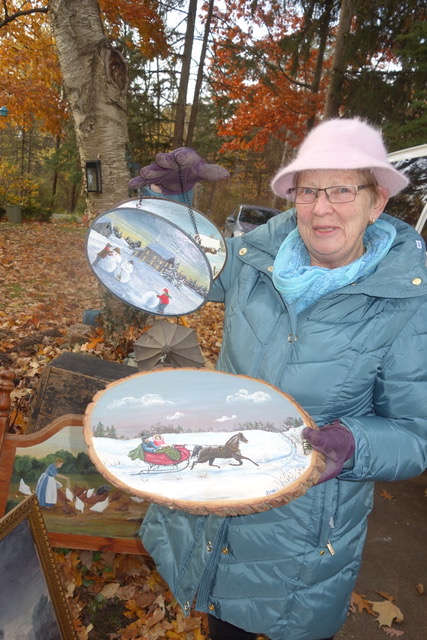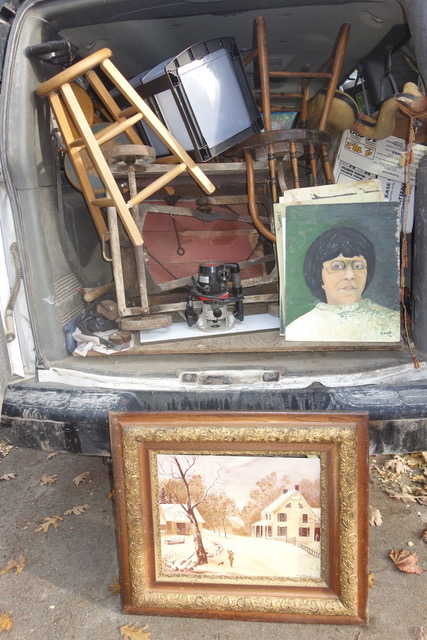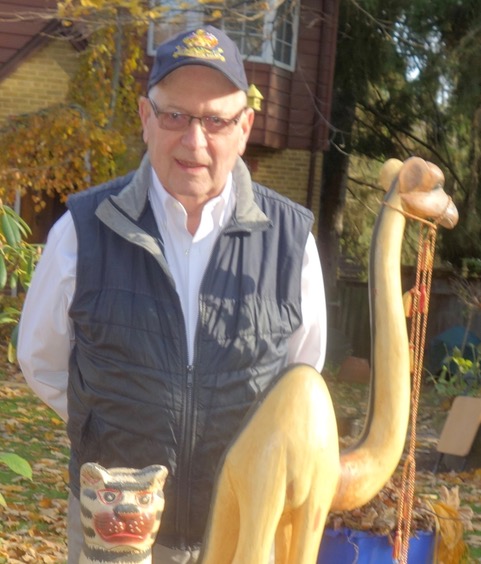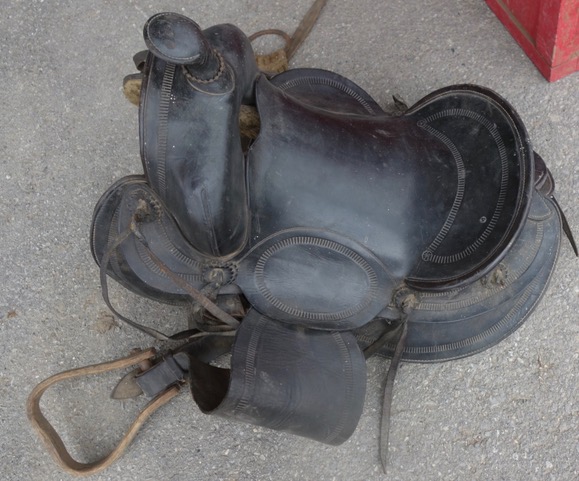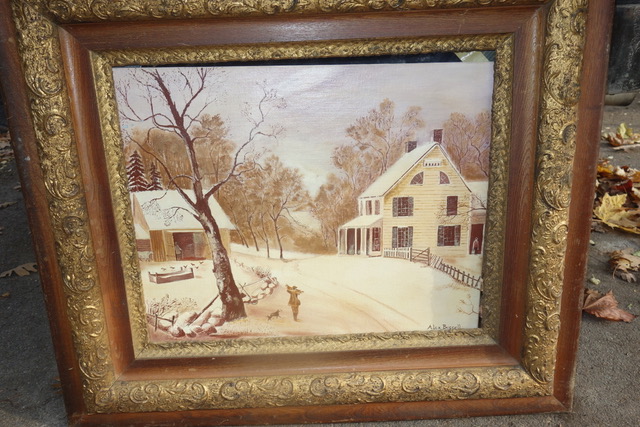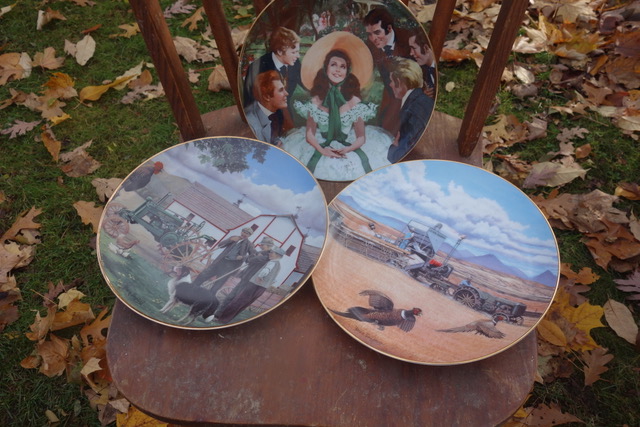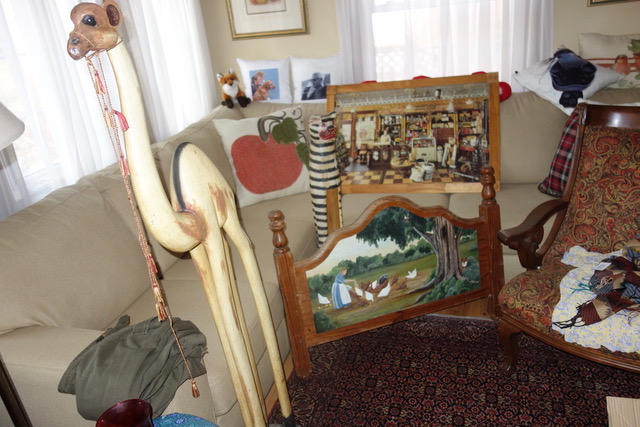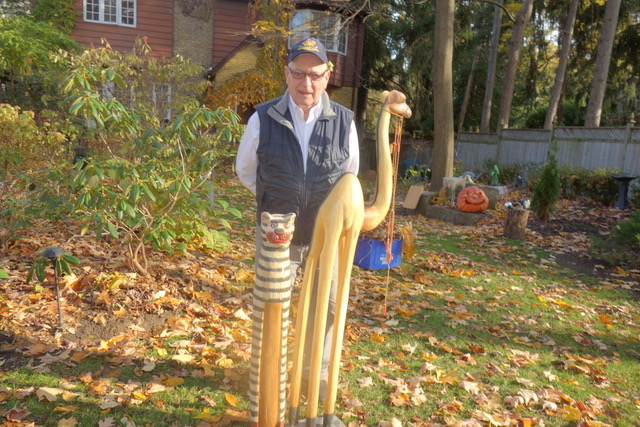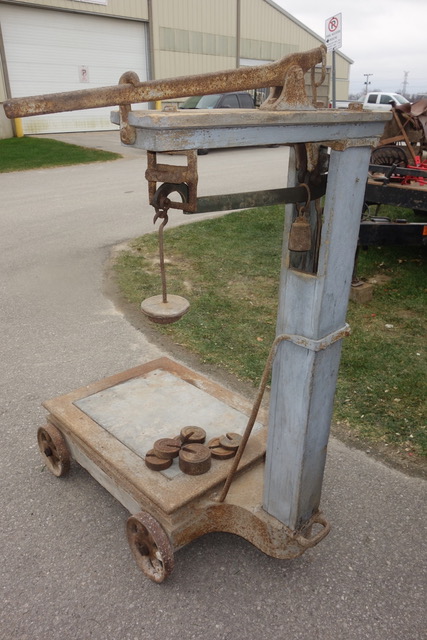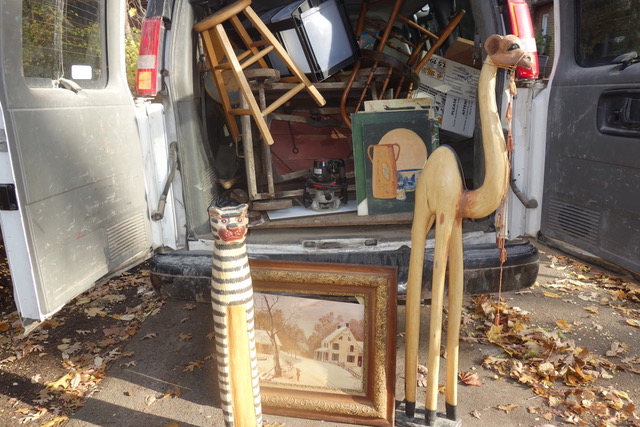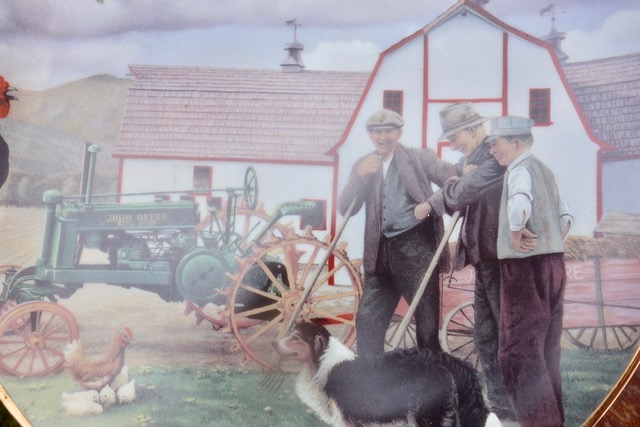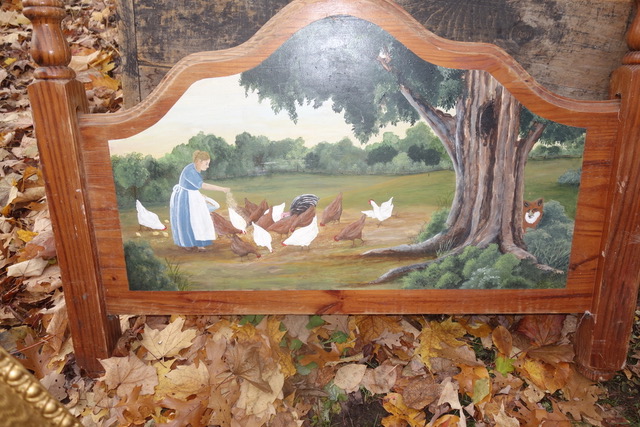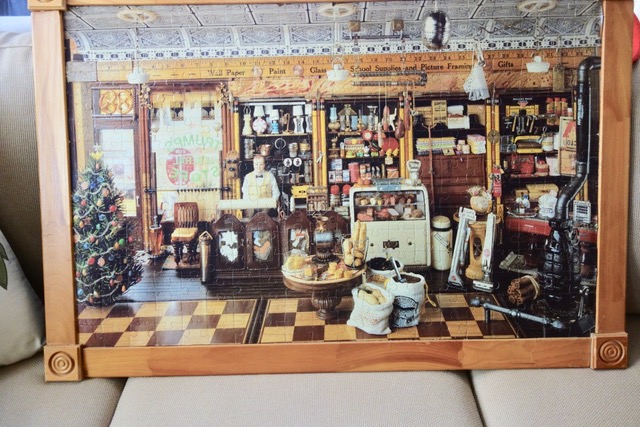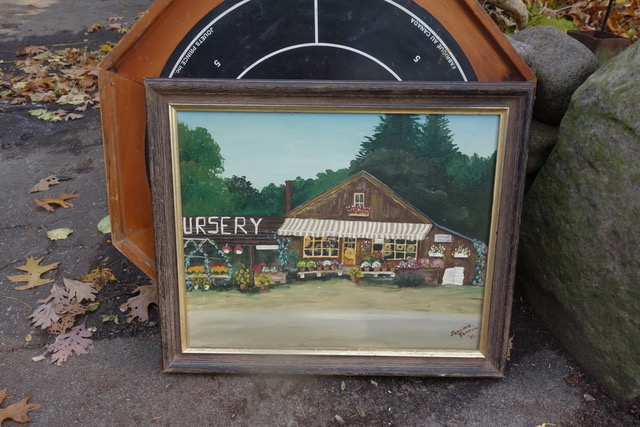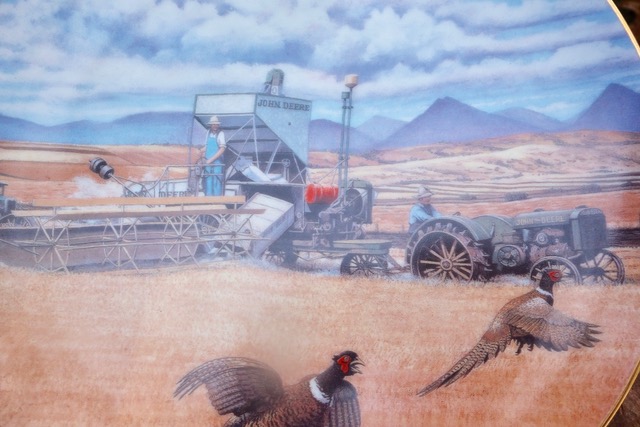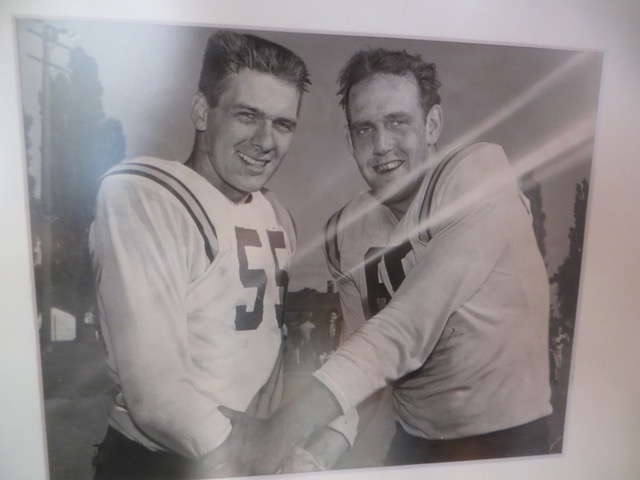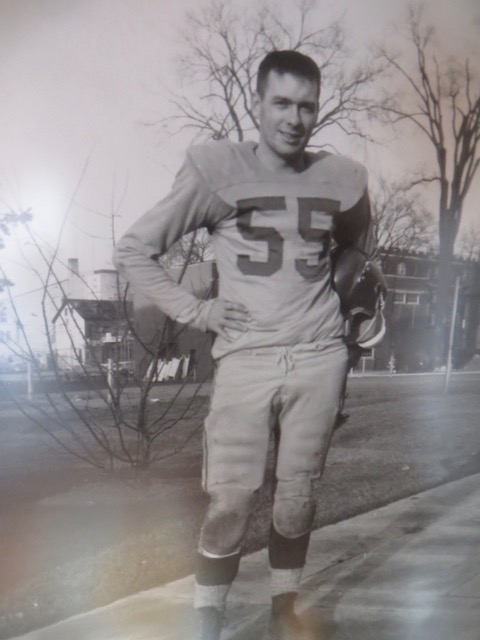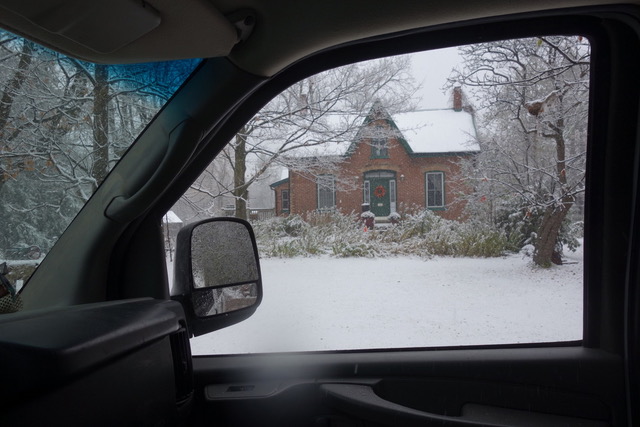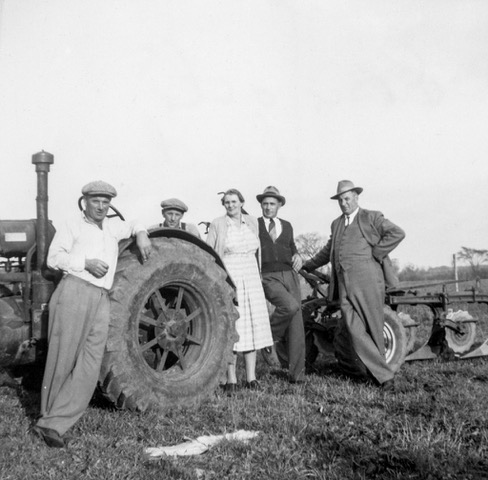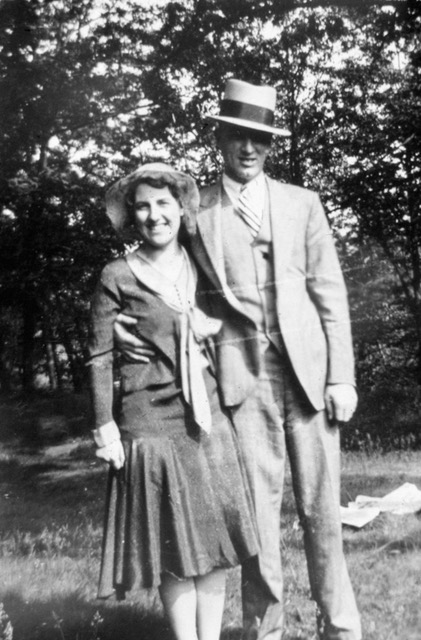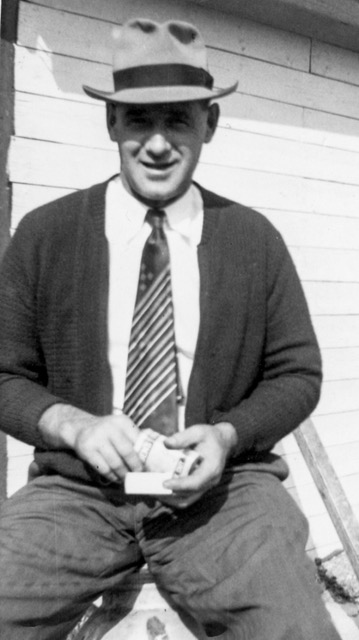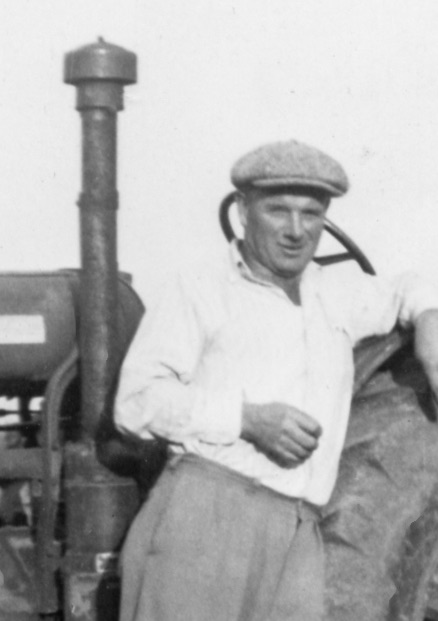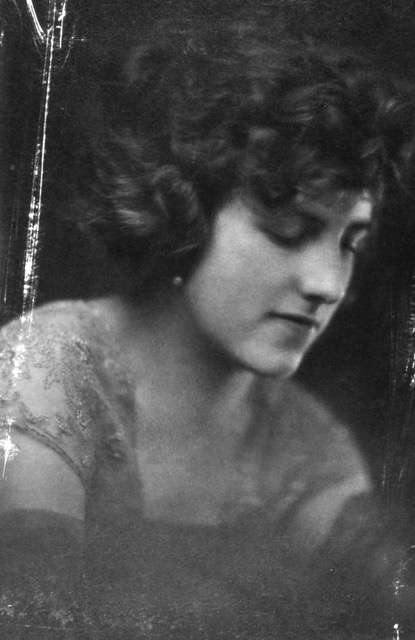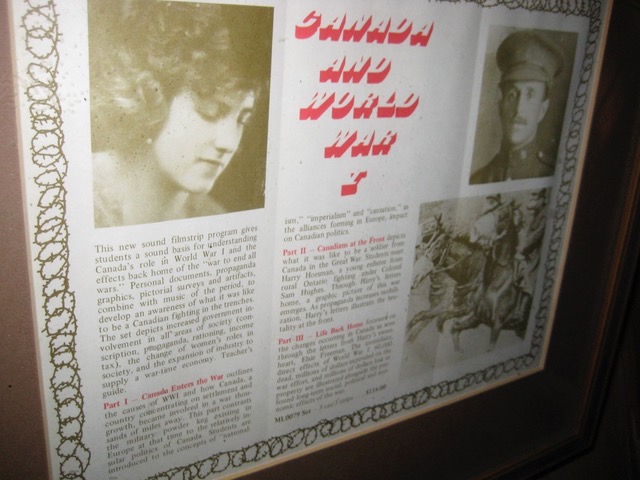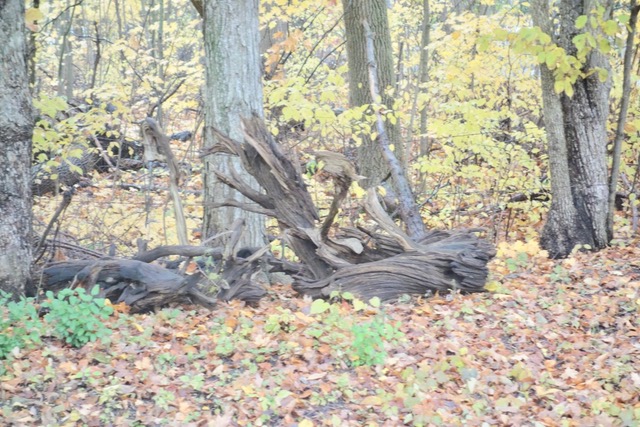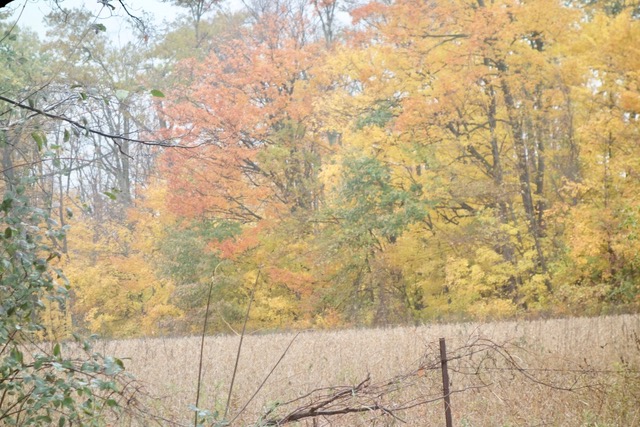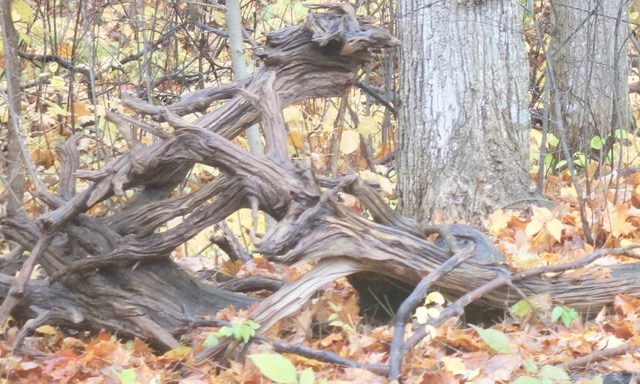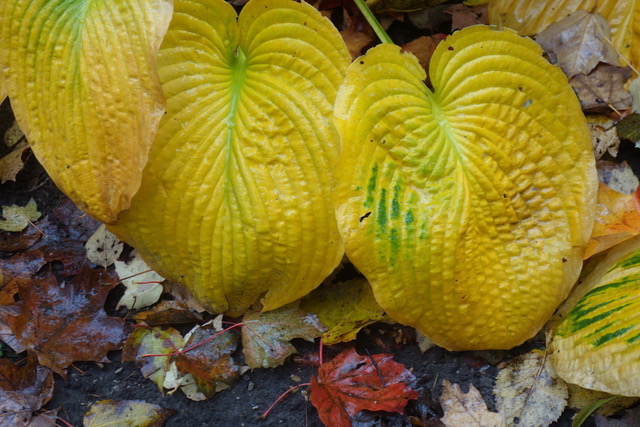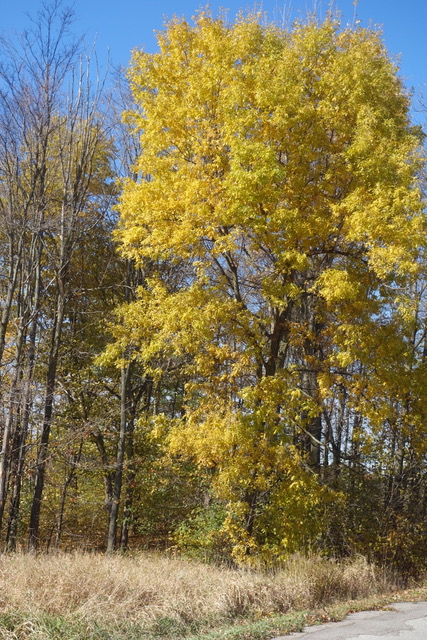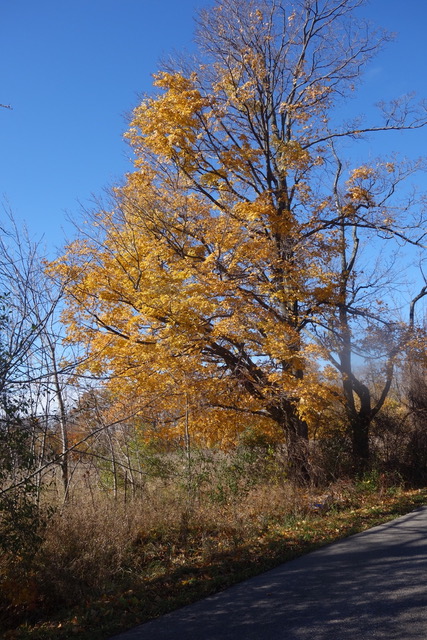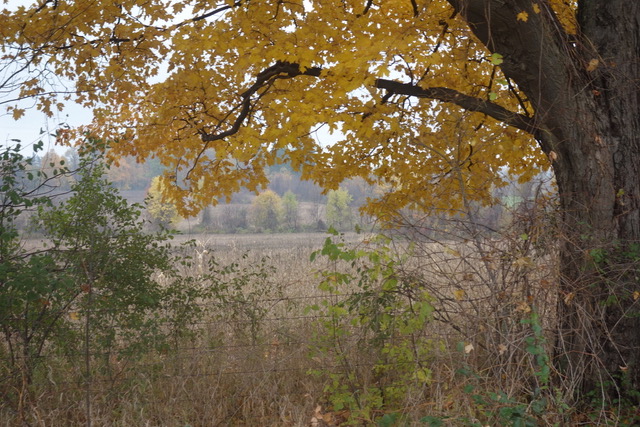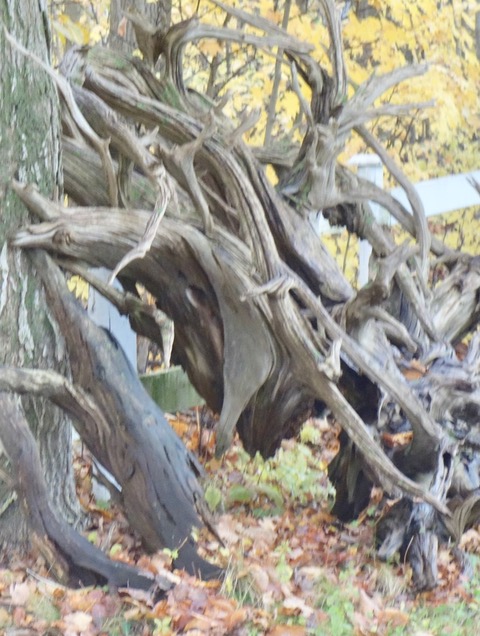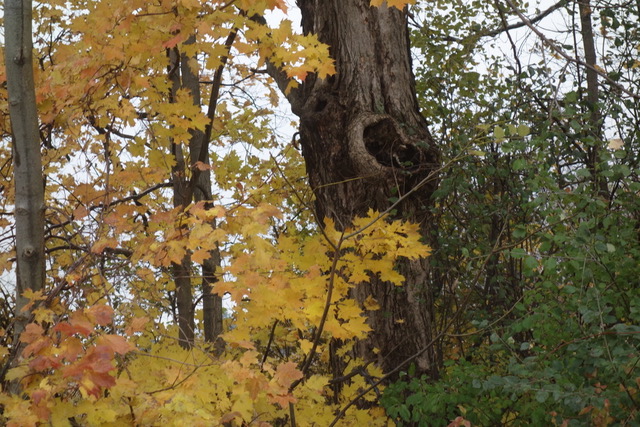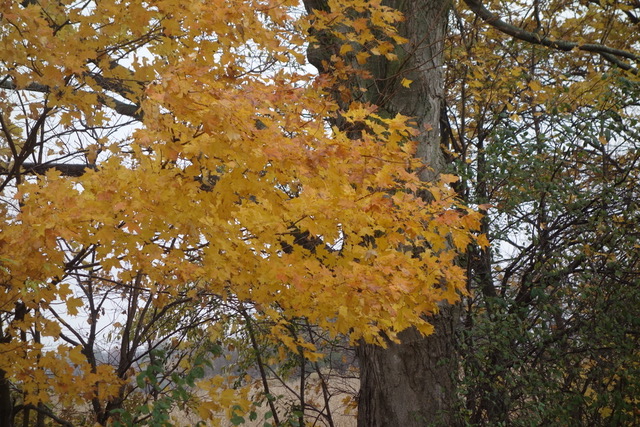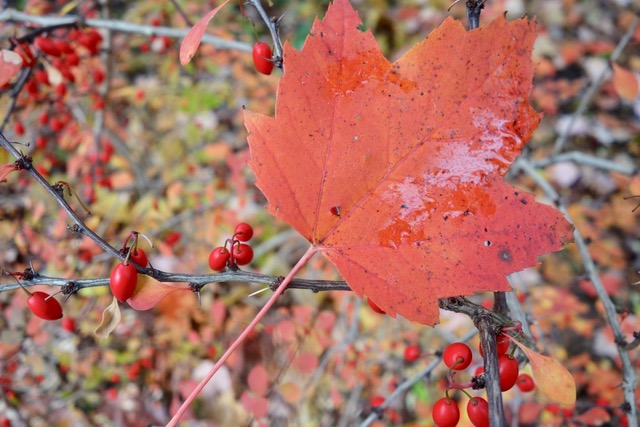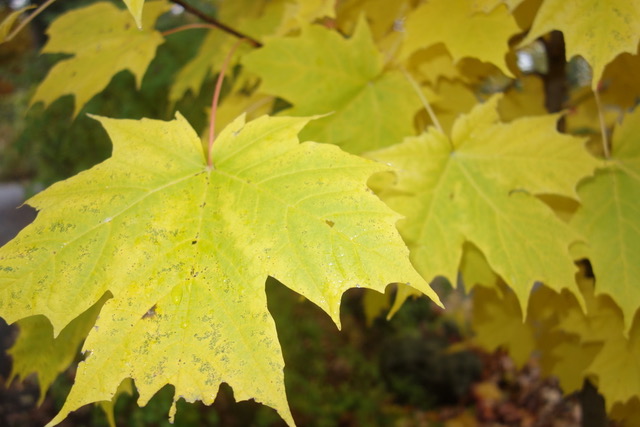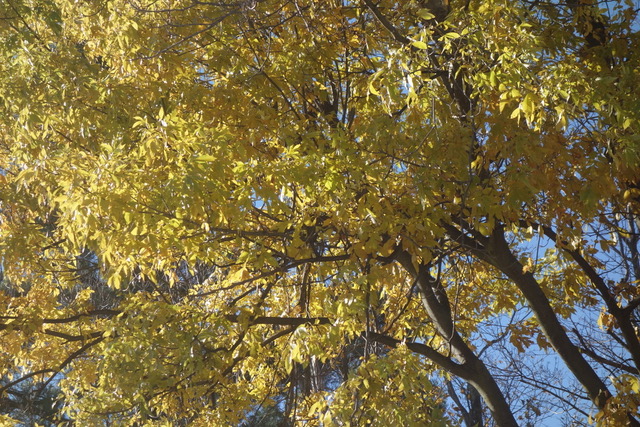SAMPLE #5
AFRAID
(part one)
alan skeoch
Nov. 11, 2018
It’s easy to pretend I was a big time football player in high school now that I am 80 years
old and winner of the Wildman Trophy, Toronto Star and Telegram All Star choices. But
that is not true. The truth is I was scared out of my pants those early years at Humberside.
Second string lineman in Grade Ten. I sat on the bench for most of the games terrified that
Mr. Burford would put me on the field where I was sure to be a miserable failure. My job
was simple…to knock people down so the ball carrier could score touchdowns. use my
shoulder and cross body to do so. Deep down I am not a violent person so the thought
of slamming my body into somebody else seemed rather rude. Best to stay on the bench
and look eager but really be fearful of failure.
So I whistled. Whistled? Yes, “Whenever I feel afraid, I hold my head erect and
whistle a happy tune…So no one will suspect I’afraid”. Got that song in my brain
from the musical called The King and i with Deborah Kerr singing. Memorized the
lyrics and applied them every time I was afraid. Like the time when I got ‘doored’
on my bike by a woman who opened passenger door fast and knifed me .. broke
my clavicle. She left me there in the gutter with arm hanging down. I whistled…sang…
put my bike together and peddled home singing…then fainted into my mothers arms.
Whenever I feel afraid
I hold my head erect
And whistle a happy tune
So no one will suspect
I’m afraid
While shivering in my shoes
I strike a careless pose
And whistle a happy tune
And no one ever knows
I’m afraid
The result of this deception
Is very strange to tell
For when I fool the people
I fear I fool myself as well!
I whistle a happy tune
And ev’ry single time
The happiness in the tune
Convinces me that I’m not afraid
Make believe you’re brave
And the trick will take you far
You may be as brave
As you make believe you are
Whistling, however, turned out not to be a good idea as a second string grade Ten football player
at Humberside Collegiate back in 1954 because our coach was looking for a way to build the boys
up for the game. “Who is whistling?” I put my had up. “Here, you, Skeoch..stand up on the bench.”
Now I was really scared. “This boy was whistling. The last thing we need in this game against
Riverdale is over confidence. Whistling is over confidence. No one whistles. Focus on the game.
OK, Skeoch, get down.” I was mortified…terrified…humiliated. Now in 2018, I know what the
coach was trying to do. He wanted to give a pep talk and my whistling was as good a way as any
to do so. But being centred out did not make me feel too good…magnified my fear. Made me
even more afraid I would mess up if ever I was sent into the huddle and actually have to hit someone.
My good friend Jim Romaniuk, also on the bench as second string quarter back, kept pointing to
me every time coach Burford turned to size up his second stringers. I wished with all my heart
that Jim would not do that. I liked the bench.
But I did feel rejected at the same time. I wanted to play but feared failure. Now, at 80, I realize
that was quite normal for a kid with my chromosomes. There was another incident where rejection
happened. Sort of humorous really. Our quarterback Dave Bradley was an outstanding athlete…tall, lean, confident…
a natural leader who actually understood the game. He knew when to throw a pass and when to
hand off the ball to Big Vic, our full back who seemed to like heavy physical contact. But Dave
made a big mistake one game. He forgot his shoes. “Listen up boys, Bradley has forgotten his
spikes…left them at home. We need someone to surrender his spikes to Bradley. Who will do
that?” My chance for glory. I raised my hand. “Skeoch…same size feet…let’s see your spikes.”
Coach Burford looked at my spikes then gave them back to me. “No good! Anybody else?”
My spikes were old and worn. Worse still they were split in two in the centre. Sort of like the
shoes worn by clowns. They hurt my feet really. Certainly not the kind of spiffy spikes that
Dave Bradley would wear. I was embarrassed. Trying to be heroic…to help the team…I was
rejected again and did my best to fade into the background.
One muddy game in the east end of Toronto was a horrific experience. Coach Burford had
armed us all with mud spikes on our boots. Long stiletto like things with blunt ends. “Those
longer spikes will Give
you more purchase in the mud, boys. Now go out and beat Malvern.” Well we won the game but
the cost was great…too great. Eric came off the field with a mud filled
hole in his leg where a mud spike had sliced him. Brutal looking thing.
So brutal that i felt weak in my knees. By then I was in Grade 12 and had
a first string position. Expected to be tough but felt rubbery. That night Eric
was taken to Dr. Greenaway who cleaned the wound but had misgivings concerning
a devastating infection. Eric and I slept in the same bed at home. “Alan, see this
needle? If Eric starts to have convulsions…throws a fit…shove in this needle.”
I lay awake all night fearing the worst. But Eric survived. This was a tough game.
Coach Burford insisted we meet every lunch hour in his room to go over plays.
And to build solidarity. One lunch hour chalk talk was memorable. Burford was
going over expectations when the person in the desk behind me began tapping.
Tap…tap…tap. It was Don Phillips. He was not being disrespectful. he was having
a fit…rolled to the floor. Convulsing. Brhord quickly got a ruler in his mouth so his
tongue was not severed. He came around eventually but we were all stuned. Was Dons
fit really the result of a brain confusion in the football game that week? We never knew
Don was no longer on the team, sadly.
Years later, when i became a football coach at Parkdale C. I. I made a similar mistake.
So i forgave coach Burford. My mistake was worse…a terrible thing really,. I hesitate
to even tell you about it. OK, here goes. Forgive me. “Boys, we are going up to Lawrence Park.
Those guys think you guys come from Cabbagetown. They look down on you. I want you
to go up there and kill them.” Awful…awful…awful. And it got worse. The field was slick
with mud. Splashy lucky mud. One of our boys made a sliding tackle on the Lawrence
Park ball carrier. They slid towards our sideline bench. Our guy held the Larence halfback’s
head up a bit. Then when they slid into a good muddle, he hollered “Cabbagetown, eh?”
and shoved the halfback’s helmeted head face first into the mud. I saw it all. What a lousy
coach I had become. Made me remember the incident of whistling. Yes, I really got our
boys fired up for victory. But at what cost? What a lousy example of a coach I had become.
The boy that was so afraid years earlier had become the encourager of violence. Not my
proudest moment.
Left Alan Skeoch and Grant Weber after a good game, Toronto Star photograph…circa 1958 Right, circa 1961 at U. of T. Many University days
were spent playing inter facility football. At football practice I Made my first date with Marjorie when she leaned out her residence window and I hollered “What are
you doing tonight?” “Not much.” “See you at seven.” That made football very meaningful. We married.
Back at Humberside I grew older. Became a first string left guard and inside linebacker. Got
good at knocking people down. Burford was a great coach. I forgave him for the whistling incident.
He knew every step every player
had to take on the field. I can still take those steps. I could take my place on the field even
today. Nah! Too old. We won a lot of football games at Humberside…became city champions.
In Grade 13, I was startled when awarded the Wildman Trophy and various City All Star designations.
Coach Burford spoke to me privately. “Alan, you have won these awards…earned them…butJef
remember It’s the t team that won…all the players as a unit.” I looked Burford in the eye.
“I know that, sir, I really know that…the best player I have ever seen is our halfback, Richard Mermer,
he should get all the awards, not me.” I believed that then and I believe that now. I am not
puffed up…wth inflated ego. Just lucky.
My best friend, Russ Vanstone, was on the line beside me for all those years. He had arms of steeI.
When he hit an inside linebacker there was no bounce backwards. My brother Eric was an End…he could catch
the ball…score touchdowns. More glory possible. God we loved that team…the unit…all my friends in all positions.
Ready to help me. Take Big Ed Jackman for instance. He was our left tackle, a lineman. In one bad game i complained toEddie about
the St. Mike’s defensive lineman. “Ed, that son of a bitch doesn’t charge. He waits for me and then
knees me in the mouth.” “Wait until the play goes the other way, I’ll get him.” And Eddie planted a cleated
foot right between the legs of that bastard. Sounds awful, doesn’t it. So juvenile. But that’s the way we were.
My career in football began at Humberside when I was s skinny runt trying to fit into the world around me.
Scared most of the time. But I endured. Made lifetime friends. Russ and I even married roommates at U. of T.
But it is our high school team…those still
living…that meet twice a year for old times sake.
Now for some truth. Every game I ever played…at high school or University…I was always
a bit afraid. And in my mind I whistled a happy tune. Still do so when confronted
by adversity. Why play? Friendship is a big factor. Working…playing…alongside a bunch
of other boys and young men was a great bonding experience as proved by the
fact we still get together and tell the same old stories…somewhat improved…and laugh
together.
alan skeoch
Nov. 11, 2018
P>S> Part 2 will trace the consequences that followed when my baby left hand finger got
crushed by a cleated enemy boot. Sounds silly I know. But the consequences of that smashed
finger changed my life completely. Some of you may want to read about it. Some of you will
not give a damn and press delete. I do not care.
P.P.S. Thank you Them Norris for triggering these memories. Your reflections on Humberside
came alive to me. They also made me see your dad in a totally different light.
 Photograph taken in 1920 when the LITTLE SKEOCH CYCLE CAR WAS IN FULL PRODUCTION….three car assembly line.In 1921 the factory burned to the ground and the Little Skeoch became a blip in the the historyof the car industry.
Photograph taken in 1920 when the LITTLE SKEOCH CYCLE CAR WAS IN FULL PRODUCTION….three car assembly line.In 1921 the factory burned to the ground and the Little Skeoch became a blip in the the historyof the car industry.
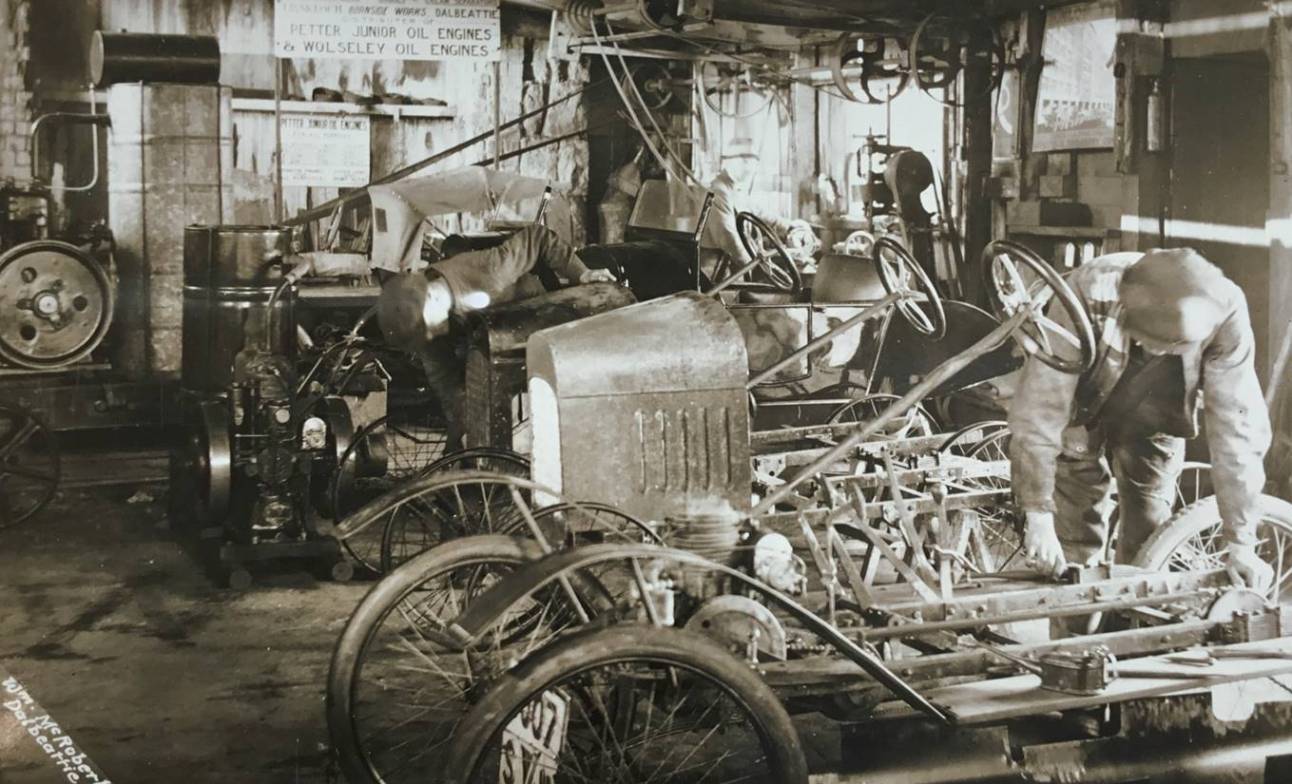
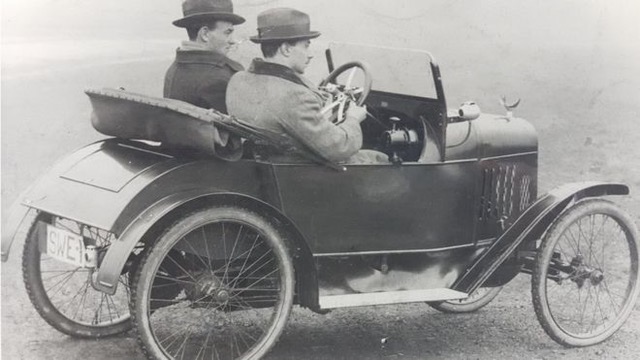

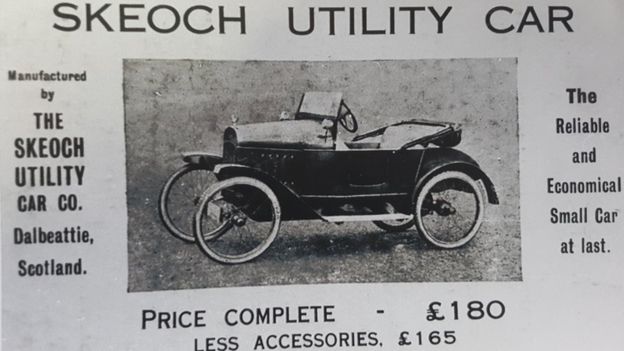


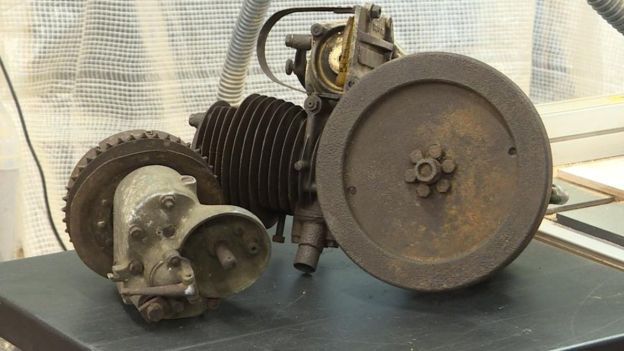
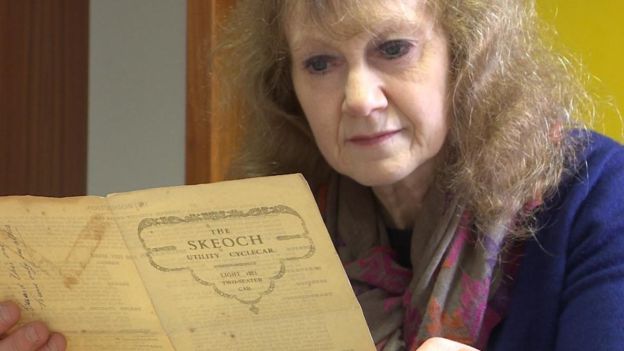

 i2-prod.dailyrecord.co.uk/incoming/article12137301.ece/ALTERNATES/s810/Mens-Shed-Dalbeattie.jpg 810w” src=”https://i2-prod.dailyrecord.co.uk/incoming/article12137301.ece/ALTERNATES/s615/Mens-Shed-Dalbeattie.jpg” alt=”Dalbeattie Men’s Shed members Geoff Thomas, John Forrest, Robin Gilchrist and Geoff Allison with part of the original engine and plans for the Skeoch car.” content=”https://i2-prod.dailyrecord.co.uk/incoming/article12137301.ece/ALTERNATES/s615/Mens-Shed-Dalbeattie.jpg” class=””>
i2-prod.dailyrecord.co.uk/incoming/article12137301.ece/ALTERNATES/s810/Mens-Shed-Dalbeattie.jpg 810w” src=”https://i2-prod.dailyrecord.co.uk/incoming/article12137301.ece/ALTERNATES/s615/Mens-Shed-Dalbeattie.jpg” alt=”Dalbeattie Men’s Shed members Geoff Thomas, John Forrest, Robin Gilchrist and Geoff Allison with part of the original engine and plans for the Skeoch car.” content=”https://i2-prod.dailyrecord.co.uk/incoming/article12137301.ece/ALTERNATES/s615/Mens-Shed-Dalbeattie.jpg” class=””>
